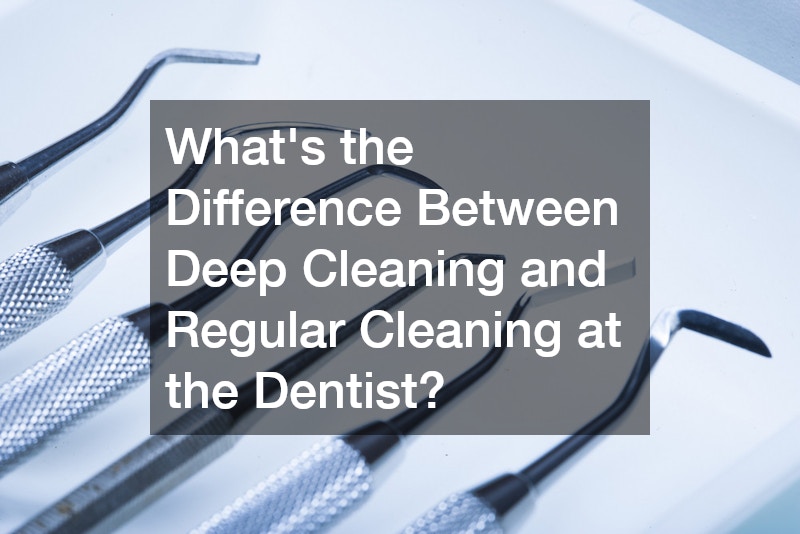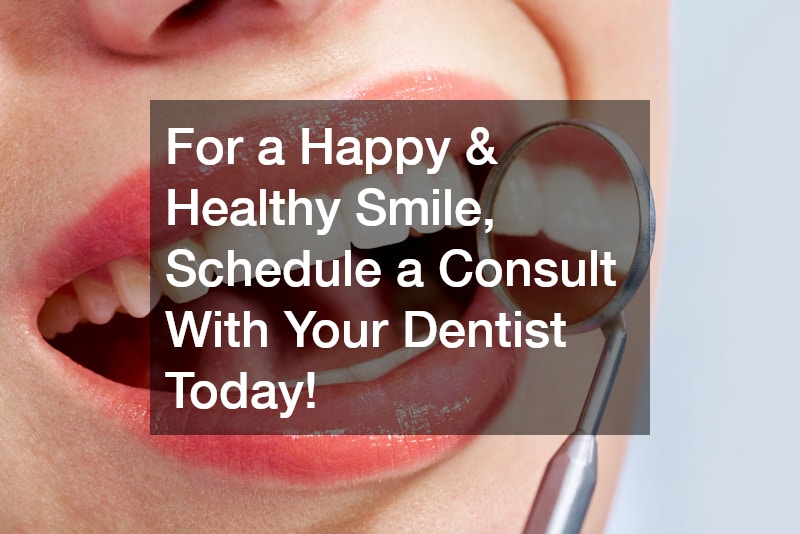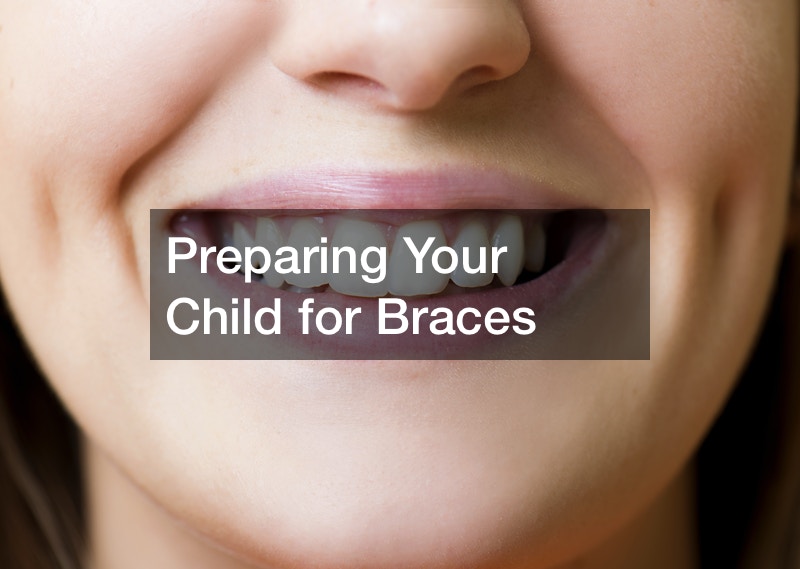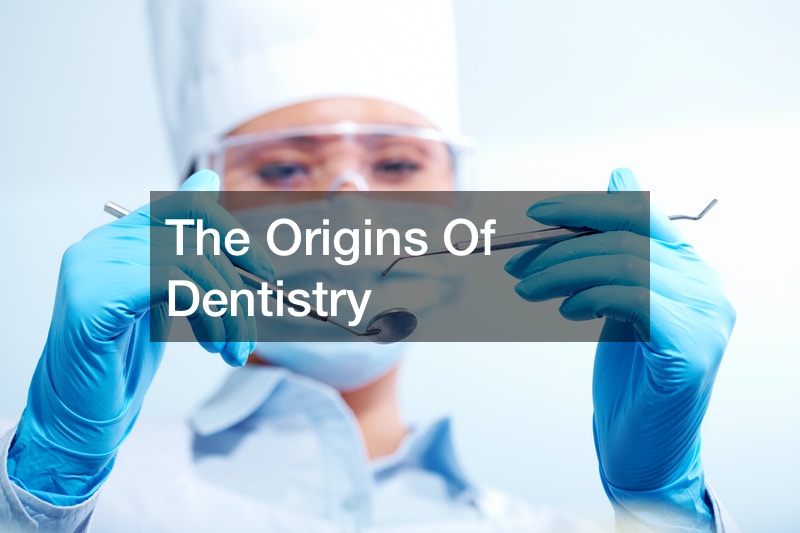
Whats the Difference Between Deep Cleaning and Regular Cleaning at the Dentist?

In the fast-paced world of modern life, where schedules are packed and health often takes a backseat, prioritizing dental care remains non-negotiable. Your dentist plays a pivotal role in safeguarding your smile, and one of the most common services they offer is professional cleaning. But not all cleanings are created equal.
Understanding the difference between deep cleaning and regular cleaning at the dentist can empower you to make smarter decisions about your oral health. Whether you’re scheduling a routine visit or noticing early signs of trouble, knowing these distinctions ensures you’re on the path to a healthier mouth. This article breaks it down step by step, highlighting how your dentist can tailor these procedures to your needs.
What is Regular Cleaning?
When you think of a standard trip to the dentist, regular cleaning is likely what comes to mind. Also referred to as prophylaxis, this procedure is the cornerstone of preventive dental care. It’s specifically designed for patients who maintain good oral health habits and only require routine maintenance. Your dentist recommends regular cleanings every six months, or more frequently if lifestyle factors like diet or smoking play a role.
The procedure itself is straightforward and comfortable, making it a breeze for most patients. It begins with scaling, where the dentist uses specialized tools to gently remove plaque and tartar buildup from above the gum line. Plaque, that sticky film of bacteria, can harden into tartar if not addressed, leading to minor irritations. Once scaling is complete, the dentist polishes your teeth with a gritty paste and a rotating brush, leaving them sparkling and smooth. This polishing not only enhances aesthetics but also creates a surface less hospitable to future plaque adhesion. In some cases, the dentist might apply fluoride treatments to strengthen enamel, wrapping up the visit in under an hour.
The benefits of regular cleaning at the dentist extend far beyond a brighter smile. Keeping plaque at bay prevents the onset of cavities, gingivitis, and other minor dental issues from escalating into costly problems. Patients who stick to these appointments report fresher breath, reduced sensitivity, and an overall boost in confidence. Moreover, early detection during these visits allows your dentist to spot potential concerns, like small cracks or early decay, before they worsen. In essence, regular cleaning is your dentist’s way of helping you invest in long-term oral wellness without the need for invasive interventions.
What is Deep Cleaning?
Shifting gears to more intensive care, deep cleaning—formally known as scaling and root planing—enters the scene when oral health takes a turn for the worse. This procedure is reserved for patients exhibiting signs of gum disease or periodontal issues, which affect nearly half of adults over 30. Unlike routine maintenance, deep cleaning is therapeutic, aimed at halting disease progression and restoring gum health. Your dentist will only suggest it after a thorough examination reveals inflammation or infection below the surface.
The process is more involved than a standard cleaning, often requiring two visits to the dentist for comprehensive coverage. It starts with scaling, but this time, the dentist ventures beneath the gum line using ultrasonic tools or hand instruments to scrape away hardened deposits from tooth roots. Root planing follows, where the dentist smooths the root surfaces to eliminate bacterial toxins and promote reattachment of healthy gums. In advanced cases, antimicrobial medications or lasers might be applied to fight infection. Local anesthesia ensures comfort, though some sensitivity may linger post-procedure.
Why does your dentist recommend deep cleaning? It’s a game-changer for addressing periodontal disease, which can lead to tooth loss if ignored. By removing hidden bacteria, it reduces pocket depths between teeth and gums, curbing bleeding, swelling, and bad breath. Long-term, it prevents systemic links like heart disease or diabetes complications tied to oral infections. Patients often notice immediate improvements in gum firmness and overall mouth feel, reinforcing the value of listening to your dentist’s expertise.
How to Know Which Cleaning You Need?
Navigating the choice between deep cleaning and regular cleaning at the dentist can feel overwhelming, but your body often provides clear signals. For regular cleaning, look for the absence of red flags: healthy pink gums that don’t bleed during brushing, minimal plaque visible on teeth, and consistent biannual check-ups with your dentist. If your last visit resulted in a clean bill of health, sticking to prophylaxis keeps things on track.
On the flip side, indicators screaming for deep cleaning include persistent bleeding gums, receding gum lines exposing roots, or pockets deeper than 4mm measured by your dentist’s probe. Bad breath that won’t quit, loose teeth, or pus around gums are urgent cues. These symptoms point to periodontitis, where bacteria have infiltrated deeper tissues.
Ultimately, self-diagnosis has limits—consultation with your dentist is key. During an exam, they’ll use X-rays, periodontal charting, and visual inspections to assess your needs. This personalized evaluation ensures you’re not over- or under-treating, aligning the right cleaning with your oral profile. Trusting your dentist here fosters a partnership for proactive care.
Post-Cleaning Care and Recommendations
Fresh from the dentist’s chair? Aftercare maximizes results. For regular cleanings, rinse with warm saltwater to soothe any mild irritation, and stick to soft foods for a day. Brush gently with a soft-bristle toothbrush and floss daily to sustain that polished shine—your dentist will provide tailored tips.
Deep cleaning demands more TLC, as gums heal from the deeper work. Avoid spicy or acidic foods for 48 hours, use prescribed rinses to reduce bacteria, and apply ice packs for swelling. Sensitivity to hot/cold is common, so over-the-counter pain relievers help. Your dentist might schedule follow-ups to monitor progress, emphasizing quitting tobacco for optimal recovery.
Regardless of the procedure, regular dental visits are non-negotiable. They allow your dentist to track changes, adjust plans, and catch issues early, ensuring sustained oral health.
Grasping the nuances between deep cleaning and regular cleaning at the dentist equips you with the knowledge to champion your oral health. From routine prophylaxis for the vigilant to intensive scaling for those battling gum woes, each serves a vital purpose under your dentist’s guidance. Don’t wait for symptoms—book that appointment today. A proactive chat with your dentist paves the way for a lifetime of confident smiles and robust wellness. Your mouth deserves nothing less.



